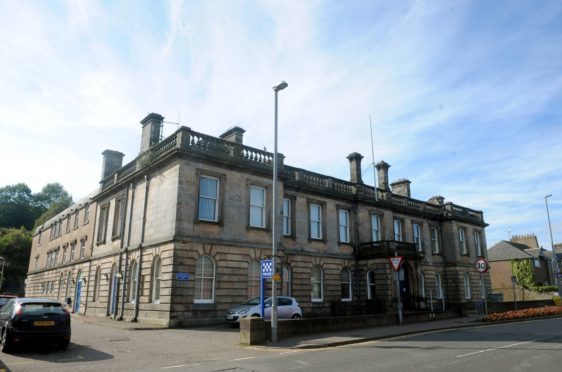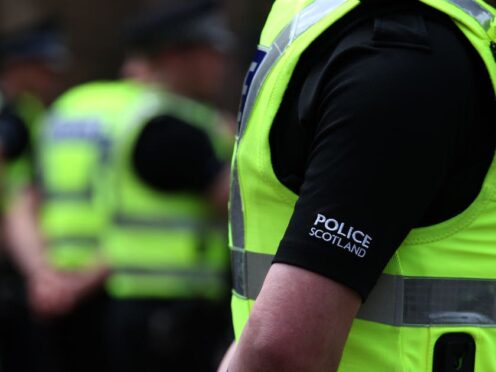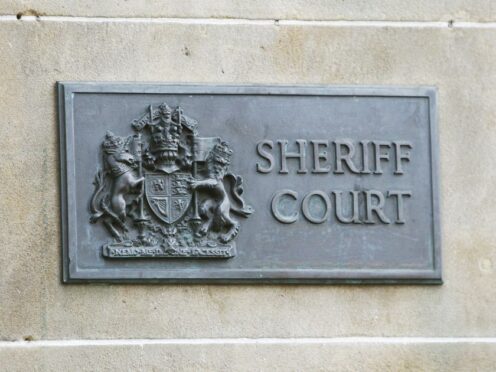Critics have slammed a controversial decision to close Scottish courts after it emerged just five of the buildings have been sold off in the years since.
New figures, published by the Tories, have revealed about £200,000 has been raised from building sales since the closures began.
Seventeen sheriff and JP courts have closed since 2010.
Among the buildings shut was Stonehaven’s former court, which was sold for a nominal £1 to the town partnership group this year.
Dornoch’s court building was sold for £100,000 in February 2015 and the Dingwall facility was purchased for £51,000 in August 2016.
Opposition politicians have accused the government of “selling the silverware” for a fraction of its value by backing the Scottish Courts and Tribunals Service’s decision to sell off some its estate.
It comes as the service prepares to hand another two courts, in Arbroath and Cumbernauld, to community groups in December.
Kirstene Hair, MP for Angus, said: “The impact of these short-sighted moves is still being felt in towns and royal burghs across Scotland, five years later.
“The SNP agreed to sell the silverware of historic buildings but have left decaying edifices in the middle of our high streets.”
The MP also criticised the closures’ impact on the justice system, claiming it had led to the process of cases being dealt with inefficiently and had led to a large backlog.
Last year, more than 30% of cases failed to hit the 26-week target from issuing a caution or charge to reaching a verdict.
That compares to 73% for the same period the previous year, with eight courts failing to get 60% of cases concluded on time.
Ms Hair added: “The SNP’s obsession with centralisation means that witnesses are travelling further to give evidence, sometimes sitting on buses with accused.”
“And accused themselves are often being dragged through months of unnecessary adjournments in criminal cases, because there is such a backlog.
However, a spokeswoman for the government said: “There is absolutely no evidence to suggest court closures have had any impact on court caseloads. In fact, court performance is improving overall. In April 2018, 97% of sheriff courts offered trial dates at the optimum 16 week period compared to 50% in April 2014.”
A spokesman for the courts service said: “Following disposals, there are now no ongoing costs for Stonehaven since April of this year and Cupar since the financial year 2014/15. To undertake statutory testing and keep the building wind and watertight we are spending £6,000 per annum at Arbroath.
“The success of the court closure programme in reducing costs was confirmed in The Shaping Scotland’s Court Services Evaluation report which recorded that annual recurring savings of £1.0 million and backlog maintenance savings of £2.8 million are being achieved.”









